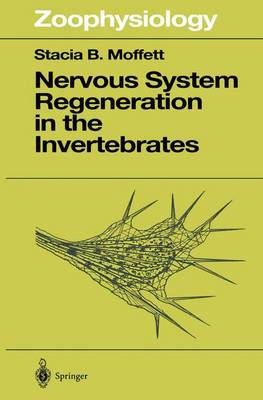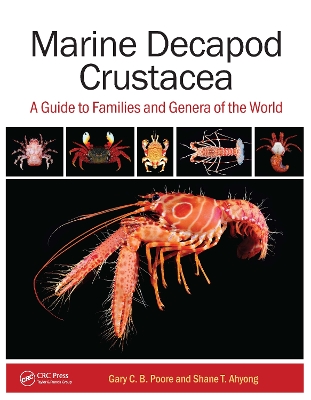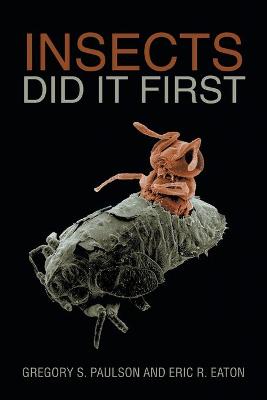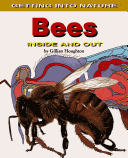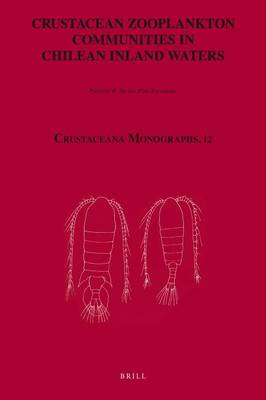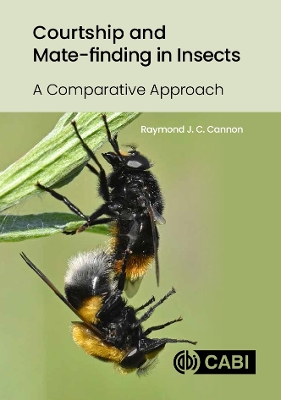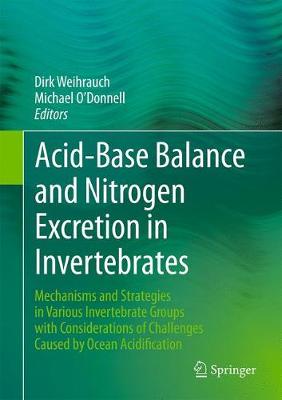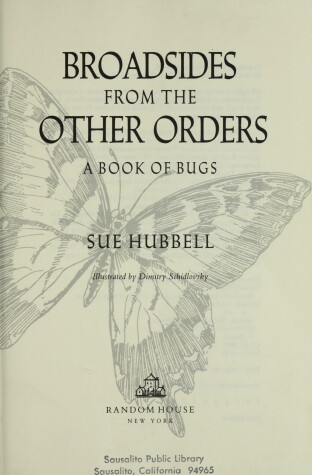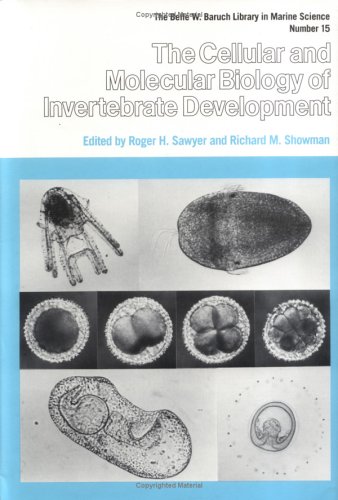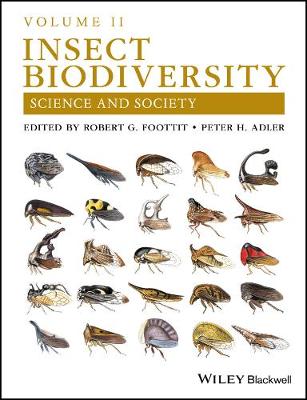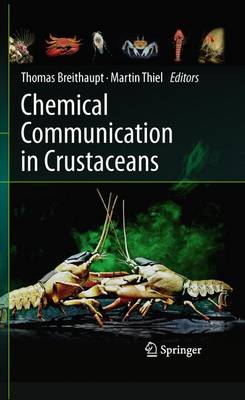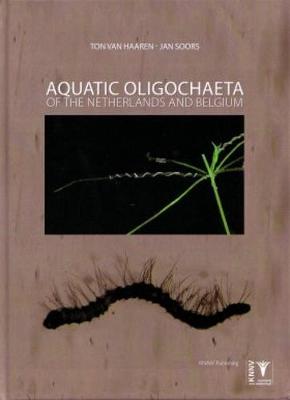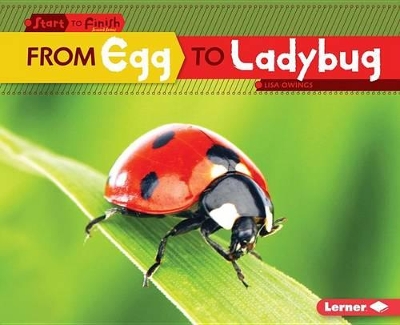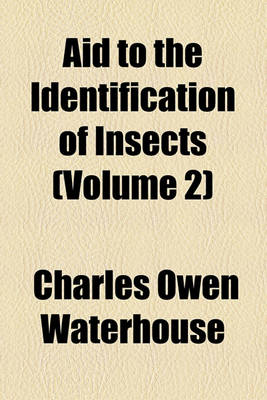How to Know the Spiders
by B J Kaston, John Bamrick, Edward T Cawley, and Wm. G Jaques
Nervous System Regeneration in the Invertebrates (Zoophysiology, v. 34)
by Stacia B. Moffett
Invertebrate animals represent a diversity of solutions to life's challenges. Success in a wide range of environments has been achieved by an almost bewildering range of invertebrate body forms. These body forms are reflected in the wonderful diversity of their nervous systems. Despite this apparent diversity, studies of the development of invertebrates and vertebrates are yielding common themes at the molecular level. Likewise, the phenome- non of neural regeneration is based upon properties in...
Evolutionary History of Nematodes, The: As Revealed in Stone, Amber and Mummies
by George O. Poinar, Jr.
Acorn books provide carefully levelled non-fiction to introduce key curriculum concepts. This series introduces minibeasts by looking at their different life processes. Includes notes for parents and teachers.
Decapod crustaceans, shrimps, crabs, prawns and their allies are highly visible and important members of marine environments. They are among the most charismatic of marine animals, inhabiting beaches, rocky shores and into the deep sea, hiding under stones, burrowing in the sediment and nestling in among algae and many other microhabitats. However, most are difficult to identify by the specialist and amateur naturalist alike. Marine Decapod Crustacea explains the anatomical features necessary...
Crustacean Zooplankton Communities in Chilean Inland Waters (Crustaceana Monographs)
by Patricio R Rios-Escalante
This book explores mate-finding and courtship behaviour in the insect world, in all its subtlety and diversity. Insects engage in courtship as much, or as little, as any other animal; they have songs and dances, and all manner of instruments and ornaments to attract and court the opposite sex. Insects have evolved complex chemical and acoustic communication systems, sending fragrant messages, visual signals and subtle vibrations to attract and persuade. Insects also have many different ways and...
Acid-Base Balance and Nitrogen Excretion in Invertebrates
This textbook provides a comprehensive overview on the diverse strategies invertebrate animals have developed for nitrogen excretion and maintenance of acid-base balance and summarizes the most recent findings in the field, obtained by state-of-the-art methodology. A broad range of terrestrial, freshwater and marine invertebrate groups are covered, including crustaceans, cephalopods, insects and worms. In addition the impact of current and future changes in ocean acidification on marine inverte...
The Cellular and Molecular Biology of Invertebrate Development
by Roger H. Sawyer
Insect Biodiversity
Volume Two of the new guide to the study of biodiversity in insects Volume Two of Insect Biodiversity: Science and Society presents an entirely new, companion volume of a comprehensive resource for the most current research on the influence insects have on humankind and on our endangered environment. With contributions from leading researchers and scholars on the topic, the text explores relevant topics including biodiversity in different habitats and regions, taxonomic groups, and perspectives....
Chemical Communication in Crustaceans
The crustaceans are ecologically and economically important organisms. They constitute one of the dominant invertebrate groups on earth, particularly within the aquatic realm. Crustaceans include some of the preferred scientific model organism, profitable aquaculture specimen, but also invasive nuisance species threatening native animal communities throughout the world. Chemoreception is the most important sensory modality of crustaceans, acquiring important information about their environment a...
Aquatic Oligochaeta of the Netherlands and Belgium
by Ton van Haaren and Jan Soors
From Egg to Ladybug (Start to Finish, Second) (Start to Finish Cycles)
by Lisa Owings
Aid to the Identification of Insects (Volume 2)
by Charles Owen Waterhouse

